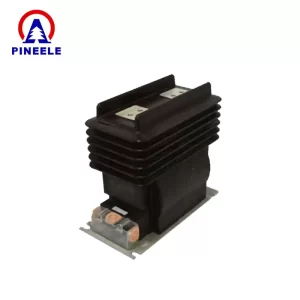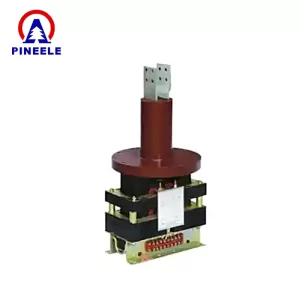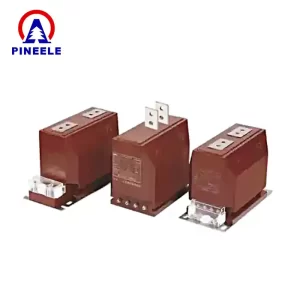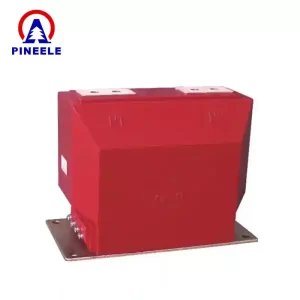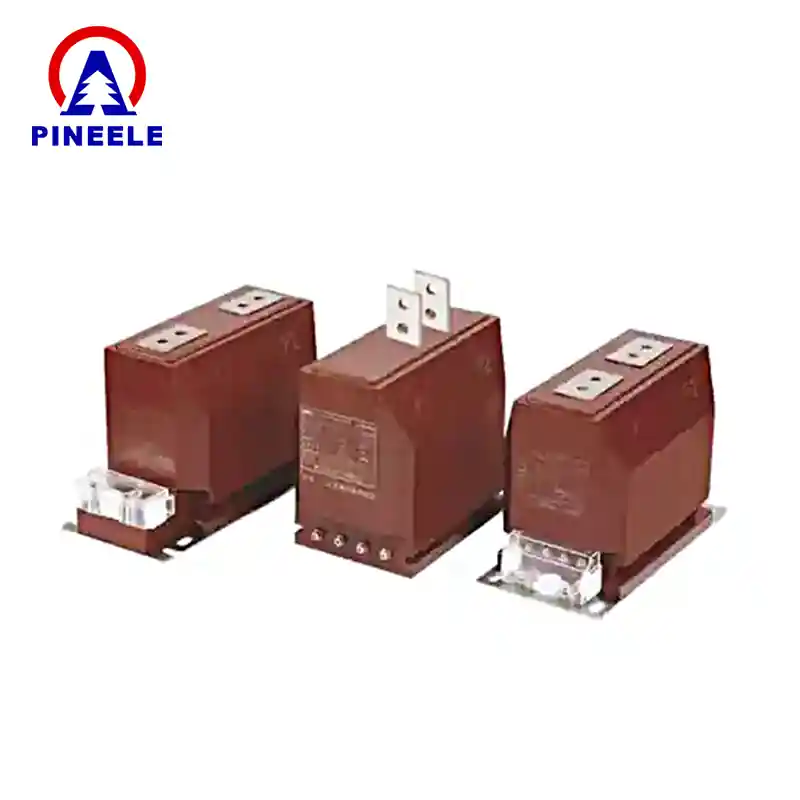
High Voltage Current Transformers
High Voltage Current Transformers (HVCTs) are vital components in power systems, playing a big role in current measurement and equipment safety. You’ll find them hard at work in substations, power plants, and industrial setups, where they ensure accurate readings for metering, protection, and system monitoring. These transformers are designed to handle high voltage levels, keeping operations smooth and reliable even in tough conditions.
In this column, we break down how high voltage current transformers function and why they matter in power transmission and distribution. We’ll walk you through their key features—like precision, durability, and insulation—and explain how they’re used in real-world applications. Whether you’re managing a grid, setting up a new substation, or working on an industrial project, you’ll get straightforward guides and tips here. We also highlight a range of HVCT products that meet global safety and performance standards, so you can pick the right one for your needs. Check out our articles for practical advice and solid options to support your electrical systems.
Types of High Voltage Current Transformers
High Voltage Current Transformers (HVCTs) are critical devices used for measuring and monitoring electrical currents in high-voltage systems. They are available in several distinct types, each tailored to specific operational needs and environmental conditions. This section explores the main types of HVCTs, including oil-immersed, gas-insulated, dry-type, and optical current transformers, detailing their unique characteristics and where they are best applied.
Oil-Immersed Current Transformers
Oil-immersed current transformers are a common choice for outdoor substations due to their durability and excellent insulation capabilities. These transformers are filled with insulating oil, which provides high dielectric strength and aids in cooling during operation. The oil also protects against moisture and contaminants, ensuring reliable performance over time. While they require periodic maintenance to monitor oil levels and check for leaks, their robust design makes them well-suited for harsh outdoor environments where superior insulation is essential.
Gas-Insulated Current Transformers
Gas-insulated current transformers are ideal for scenarios where space is limited or indoor installation is preferred. They utilize sulfur hexafluoride (SF6) gas as an insulating medium, which allows for a compact design while maintaining strong electrical insulation. The use of SF6 gas enhances safety by minimizing fire or explosion risks. These transformers are often deployed in urban substations or industrial settings where space and safety are critical concerns. However, they require careful monitoring to prevent gas leaks, which could affect their performance.
Dry-Type Current Transformers
Dry-type current transformers are favored in applications where oil or gas insulation is impractical, such as in areas with strict environmental regulations or lower voltage systems. They rely on solid insulation materials like epoxy resin or air for electrical isolation. These transformers are easier to maintain and pose minimal environmental risks, though their insulation performance is typically lower than that of oil- or gas-insulated models. Dry-type HVCTs are commonly used in indoor environments or moderate-voltage systems, offering a cost-effective and eco-friendly solution.
Optical Current Transformers
Optical current transformers are an innovative, emerging technology that uses optical sensors to measure current. Unlike conventional transformers, they offer high accuracy and are immune to electromagnetic interference, making them ideal for environments with significant electrical noise or where precision is paramount. These transformers are lightweight and compact, providing installation flexibility. Though still gaining widespread adoption, optical HVCTs are increasingly recognized for their potential to transform current measurement in high-voltage applications.
Introduction to High Voltage Current Transformers
High voltage current transformers (HVCTs) are essential components in electrical power systems. They are used to measure and monitor large currents in high-voltage environments, typically where voltages exceed 1,000 volts (1 kV). By stepping down these currents to a safe, measurable level, HVCTs enable accurate readings for meters and protective devices without exposing equipment or personnel to dangerous voltages.
How Do They Work?
HVCTs operate based on the principle of electromagnetic induction. They consist of a primary winding, a secondary winding, and a magnetic core. The primary winding, connected to the high-voltage line, has a few turns of thick wire to handle large currents. The secondary winding, linked to measuring or protective devices, has many turns of thin wire to reduce the current. The magnetic core, often made of silicon steel, transfers the magnetic field efficiently. For instance, a 1000:1 turns ratio transforms a 1000-amp primary current into a 1-amp secondary current.
Types of HVCTs
There are several types of HVCTs, each designed for specific applications. Oil-immersed HVCTs use insulating oil for cooling and are common in outdoor substations, offering durability but needing maintenance. Gas-insulated HVCTs use SF6 gas, making them compact and ideal for indoor use, though they are costly. Dry-type HVCTs, with solid insulation like resin, are eco-friendly and low-maintenance, suited for lower voltages. Optical HVCTs, an emerging technology, use optical sensors for precise, interference-resistant measurements.
Applications
HVCTs are widely applied in various fields. In substations, they support metering and protection to detect faults and maintain stability. In power plants, they monitor generator output to prevent overloads. Industrial facilities, such as mining or steel production, use them to measure large currents. They also help integrate and monitor variable currents in renewable energy systems like solar or wind farms.
Future Developments
As power systems advance, HVCTs are evolving with smarter, eco-friendly designs. Future trends include optical technology for higher precision, sustainable designs avoiding oil or gas, and integration with digital systems for improved grid management.
High voltage current transformers are vital for the safe and efficient operation of power systems. They ensure accurate measurement and monitoring of large currents, playing a key role in maintaining the reliability and safety of electrical infrastructure.
